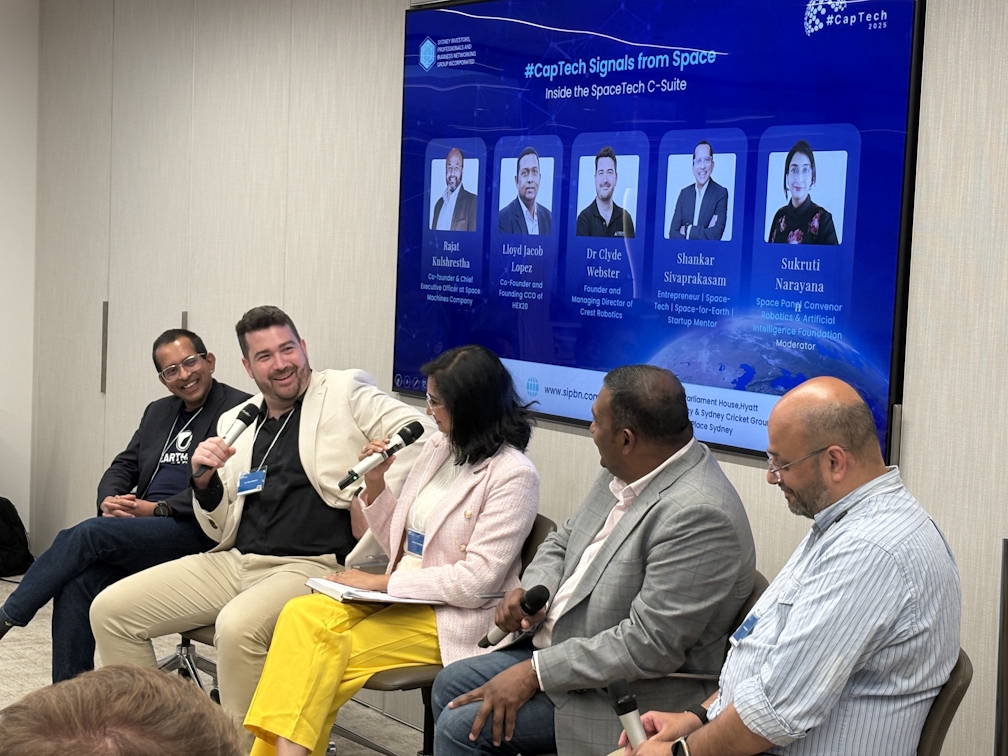Do big gigs alter economies? What the Oasis tour reveals about how we spend
- Written by Marcel Lukas, Senior Lecturer in Banking and Finance and Vice-Dean Executive Education, University of St Andrews

When Oasis returned to British stadiums this summer, hotel prices around venues jumped and flights filled fast. Commentators predicted that economic figures could show an “Oasis bump”[1] – and indeed, air fares were the biggest driver of July’s inflation[2] rise to 3.8% from 3.6% in June.
The idea is simple: a sudden wave of visitors meets fixed capacity, so prices rise. But, in truth, the more useful story is what this says about how people choose to spend, and how we should read one noisy month in the data.
Start with the mechanics. The UK consumer prices index[3] is a weighted basket. Most of this “shopping basket” of things we all spend our money on – which includes things such as food, clothing and housing – moves slowly. A few small categories, such as accommodation and air travel, move a lot from month to month because they are priced in the month people travel.
Schedule a stadium show on a weekend during the school holidays and you get a tidy, temporary lift in those sub-indices. That can nudge the national figure[4] for a month before easing back when the calendar quietens.
What did people actually spend? Industry and banking estimates suggest the Oasis tour drove very large ancillary outlays. Barclays anticipated total spend across the 17 UK dates would be roughly £1 billion[5], with an average around £766 per fan once tickets, travel, accommodation, food and drink, and merchandise are included.
In other words, most of the economic footprint sits in event tourism and hospitality rather than in the ticket itself. That is exactly where we see price spikes around concert weekends.
Do fans simply pay whatever it costs? Not quite. People do “pay up” for the event[6] and associated expenses on the day, but most do not treat this as an impulse purchase. The pattern described in recent spending surveys and analyses[7] is one of ring-fencing. Plan months ahead, set a budget, book early to manage risk and trim lower-priority items before and after the trip. Think of it less as a night out and more as a short break.
Three ideas help explain why this pattern holds. First, the economics of a rare event: stadium capacity is fixed and for dedicated fans a reunion is not easily substituted. So demand is less sensitive to price in the short term. That encourages dynamic pricing[8] and a lively resale market, which can push some seat prices well above face value[9].
Second, the “experience economy”: many consumers now prioritise shared, memorable experiences[10] over goods, and say they are willing to spend more for them.
Third, nostalgia: reviews framed these shows as a return to a formative time for many of the band’s fans from the first time around. Research on nostalgia and consumer choice[11] suggests that nostalgia can lower how sensitive consumers are to prices because the purchase is tied to identity and memory, not just entertainment.
Demographics matter too. Oasis’s core audience is now mostly middle-aged: generation X and older millennials. They are in peak earning years, value convenience, and tend to bundle spend on travel, accommodation and eating out around a big night.
That mix[13] increases certainty for venues and host cities, and it flattens the demand curve around the event itself. The result is a bigger, more predictable local footprint during the tour window, followed by a return to normal once the tour moves on.
There are tensions though. Dynamic pricing can help artists capture value[14] that would otherwise leak to resellers, yet it risks alienating fans if it feels opaque or unfair[15].
For host cities, the main effect is indirect. When shows sell out, pricing mostly changes who attends and when they book. Higher face values tilt audiences toward out-of-town, higher-spending fans, which pushes up hotel demand and average room rates, as well as lifting food and drink takings near venues.
Earlier ticket sales also let hotels set higher prices further in advance. Only if pricing deters enough buyers to shift the mix toward day-trippers – or leaves seats unsold – do you tend to see a smaller spike in accommodation and travel prices.
And we should be careful with “impact” headlines. Economic development researchers[16] have long warned that some event-impact studies overstate benefits by ignoring substitution – money that would have been spent locally anyway – or by using multipliers that are too generous.
Even so, two features strengthen the case that large tours leave a visible mark. Many attendees travel from outside the host city[17], bringing in genuinely new money. And the price spikes in accommodation and air travel[18] during event weekends are real enough to show up in the monthly statistics[19], even if only briefly.
So how should we read these statistics? Keep perspective. One month of higher services inflation such as air fares can reflect the calendar more than a change in underlying momentum. The data often show a partial “payback” in the following month as prices normalise.
For cities and businesses, the lesson is practical. Tours are scheduled long in advance. Planning for transport, staffing and clear pricing helps visitors spend well without overwhelming residents[20].
And for consumers, the advice is simple. If a special event matters to you, treat it like any other big purchase. Set a budget early, book with a plan and decide in advance what you will trim before or after. The evidence suggests[21] most fans already do just that.
Will a reunion tour change the path of inflation? No. Will it show up as a blip for a month? Quite possibly. The deeper lesson is about how culture and money meet in 2025. Shared experiences carry a premium because people judge them to be “worth it” and plan around them. That is not reckless spending. It is the experience economy at work.
References
- ^ “Oasis bump” (uk.finance.yahoo.com)
- ^ July’s inflation (www.ons.gov.uk)
- ^ consumer prices index (www.ons.gov.uk)
- ^ nudge the national figure (www.cityam.com)
- ^ roughly £1 billion (home.barclays)
- ^ for the event (home.barclays)
- ^ spending surveys and analyses (home.barclays)
- ^ dynamic pricing (theconversation.com)
- ^ well above face value (sites.lsa.umich.edu)
- ^ memorable experiences (home.barclays)
- ^ nostalgia and consumer choice (doi.org)
- ^ EPA/ADAM VAUGHAN (epaimages.com)
- ^ That mix (nielseniq.com)
- ^ artists capture value (culturaleconomics.org)
- ^ opaque or unfair (musicbusinessresearch.wordpress.com)
- ^ Economic development researchers (www.iedconline.org)
- ^ outside the host city (www.mastercard.com)
- ^ accommodation and air travel (www.cityam.com)
- ^ monthly statistics (www.ons.gov.uk)
- ^ spend well without overwhelming residents (www.eventhosts.org)
- ^ The evidence suggests (home.barclays)







